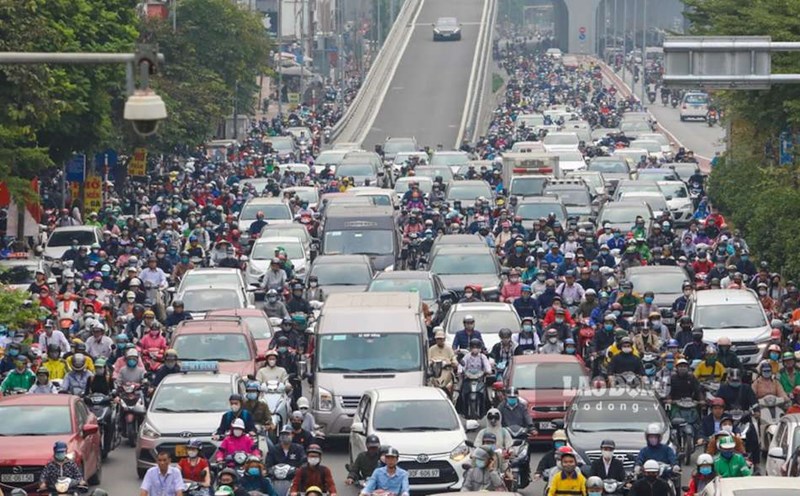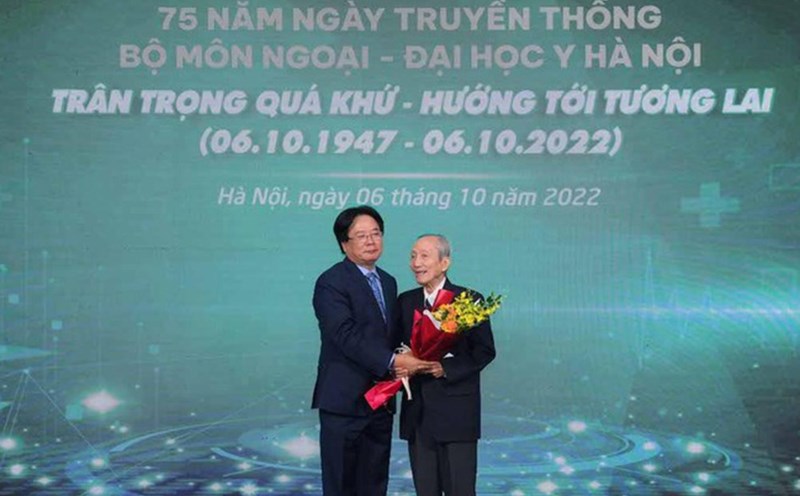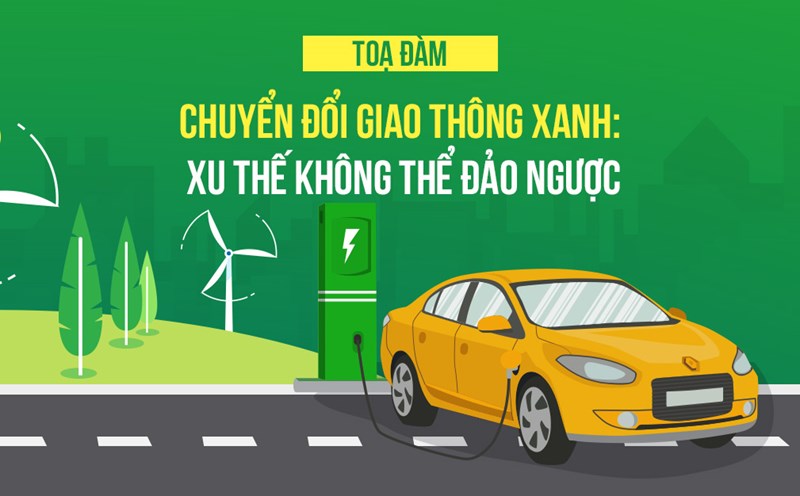Sharing at the seminar "Green transport transformation: Irreversible trend" organized by Lao Dong Newspaper on the afternoon of July 17, Dr. Hoang Duong Tung, Chairman of the Vietnam Clean Air Network, said that this time the Government has shown a strong demonstration in environmental issues, including air pollution.
The Government has regulations, especially clear tasks, with specific "deadlines", no delays. There are measures to set a mark until July 2026 for gasoline motorbikes in environmental issues.
In addition, there are also many measures required to be implemented from March and the third quarter of 2025. That is, in addition to the results that can be achieved, we have a roadmap for conversion.
"These problems have been raised for a long time. For example, the low emission zone has been included in the Capital Law. The intention to limit motorbikes has also been expressed in the Resolution of Hanoi City. But this is an extremely drastic policy and guidelines, with specific assignments to localities and sectors? There is a roadmap and specific measures that show the strong determination of the Government in solving the problem of air pollution," Dr. Hoang Duong Tung emphasized.
Mr. Ngo Viet Dung - Vice President and General Secretary of the Vietnam Sports Automobile Association - said that as a citizen of Hanoi, he sees this Directive of the Prime Minister as a comprehensive solution to all problems. However, for large cities such as Hanoi and Ho Chi Minh City, emissions from vehicles will be the main problem and this will greatly affect people.
Ring Road 1 is the central area of Hanoi city. In addition to the people living here, there are many people working, state civil servants, ministries and branches also in this area. Therefore, the affected area is not only limited to Ring Road 1 but is also very wide.
Not to mention tourists, the number of subjects coming to work and transact with central authorities and Hanoi city in this area is also very large.
Therefore, to implement this problem, Hanoi needs to implement many solutions to impact.
Not only stopping at support, people also need the participation of ministries, branches, and functional agencies of Hanoi city in reorganizing the system. How is traffic organization here? Second, if we switch to electric vehicles, how will the activities for this type of vehicle be organized?
"For example, there is currently a situation where electric motorbikes cannot be left in the basement. Many apartment buildings and office buildings do not allow parking and charging of electric motorbikes underground. Electric motorbikes must be parked in an airy area outside.
Some places have regulations on parking in open space outside, on the sidewalk or a yard reserved for electric motorbikes. So in the near future, when the number of electric motorbikes increases, where to park them, how to charge them? This is not only a story of supporting the people, but Hanoi agencies need to reorganize" - Mr. Dung proposed.
The Prime Minister issued Directive 20/CT-TTg dated July 12, 2025, on urgent tasks to address environmental pollution.
The Directive requires Hanoi to implement solutions so that from July 1, 2026, there will be no more fossil fuel motorbikes (gasoline vehicles) circulating in the Ring Road 1 area.
The next roadmap is set as follows: From January 1, 2028, private cars using fossil fuels in Ring Road 1 and Ring Road 2 will be restricted. By 2030, the above regulation will be applied to all personal vehicles using fossil fuels within Ring Road 3.











